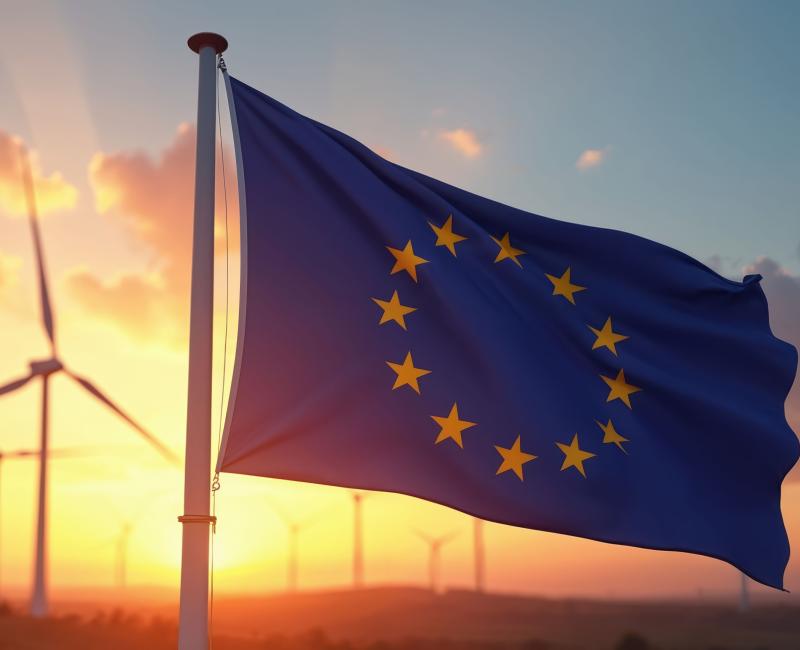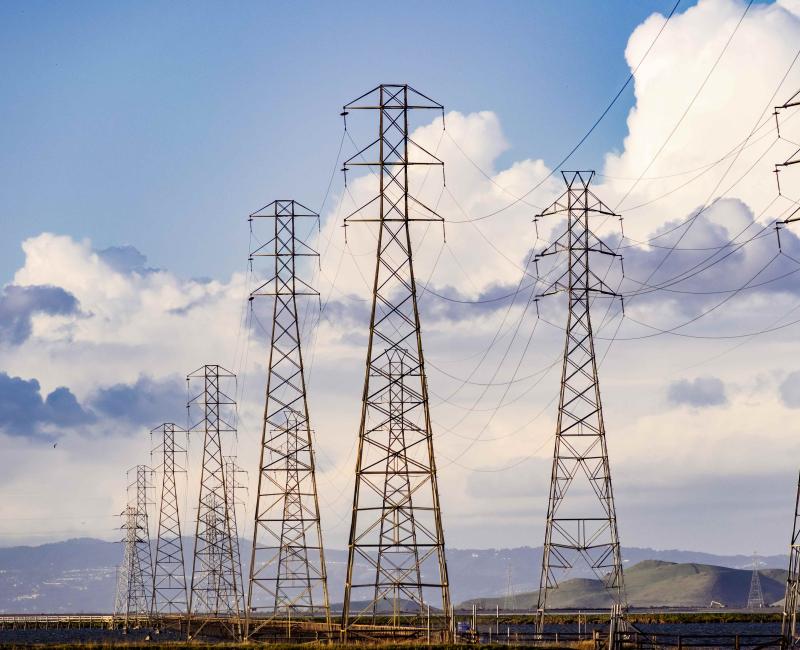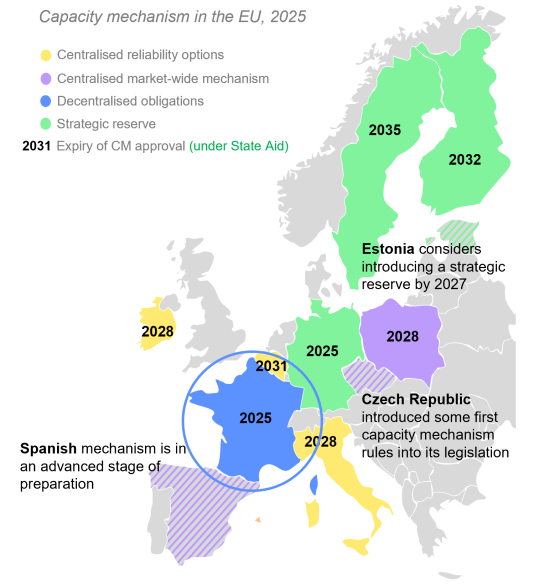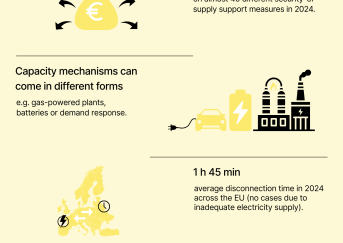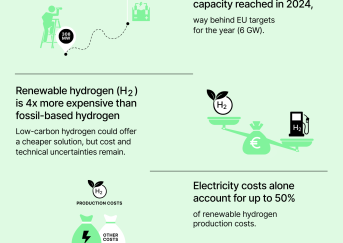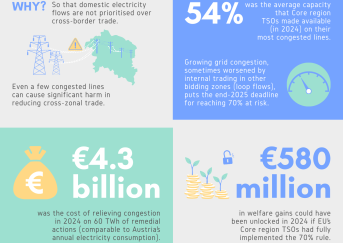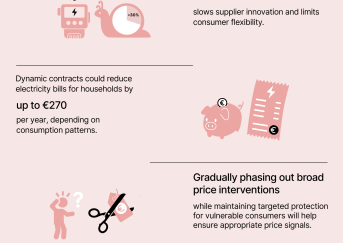
ACER will consult on the design of REMIT exposure data reporting

ACER will consult on the design of REMIT exposure data reporting
What is it about?
In 2024, the revision of REMIT (Regulation on Wholesale Energy Market Integrity and Transparency) introduced new data reporting requirements, including the obligation to report exposure data, which shows how much market participants are exposed to price movements in wholesale energy markets.
At the same time, broader initiatives such as the Clean Industrial Deal and the EC consultation on the functioning of commodity derivatives and spot energy markets highlight the importance of simplifying and standardising data reporting.
As exposure data is a new and distinct reporting stream under REMIT, ACER will implement a new electronic template ‘Exposure XSD’ for its reporting, as set out in the revised REMIT and the recast REMIT Implementing Regulation.
Within this context, ACER is exploring whether the ‘ISO 20022 standard’, a common framework for exchanging data, could be applied to the ‘Exposure XSD’ reporting format, with the aim of making the reporting process simpler and more interoperable.
As a new reporting stream, the Exposure XSD is a suitable candidate that may benefit from the use of an existing standard. It is the only reporting format covered by this consultation, and no changes to existing REMIT reporting formats are being considered.
Your views matter
To support more harmonised reporting and to improve the interoperability of reported data, ACER will run a public consultation to gather input. Stakeholders are invited to share their views on the potential benefits of applying the ISO 20022 standard to the Exposure XSD reporting format.
The public consultation will run from 12 January until 9 February 2026.
Next steps
Based on the input received, ACER will assess whether to proceed with adopting the ISO 20022 standard for the Exposure XSD electronic format.
Technical specifications and detailed guidance on how to report exposure data in line with REMIT Implementing Regulation will be addressed in a separate consultation, to be launched after the revised Regulation enters into force.
